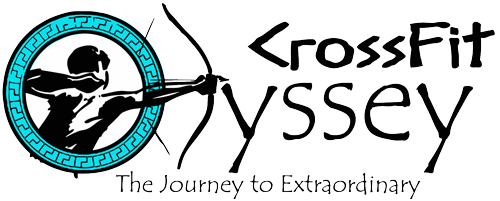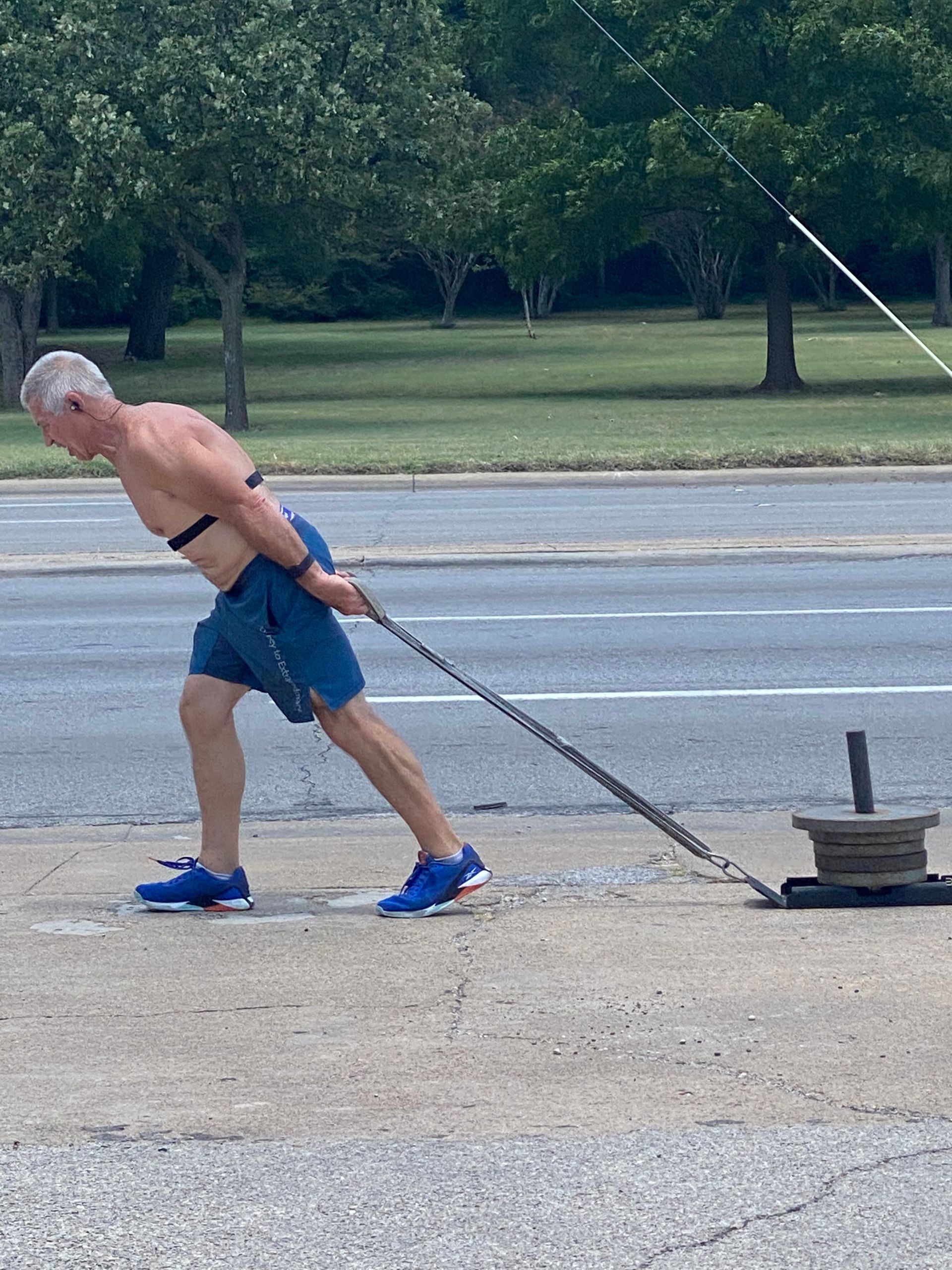Blog Posts From John Mariotti
Sunday Story
Explore our running collection of inspirational articles about life and fitness by our very own John Mariotti.

Sunday Story…Grateful One of the most powerful practices you can perform is gratitude. If you are reading this, you have much to be grateful for. Too often, we try to make gratitude about the big things, the momentous occurrences. But the practice of gratitude really requires us to find it in the simplest, smallest moments. Let's think about that. I have gratitude for: The breath that I take My body's ability to absorb oxygen and send it out to all the places it needs to go Being able to get up in the morning and move All my relationships and all of the people that are around me and in my life The world around me The food that I eat The scenery that I get to see You won’t have to look very far or very hard to find things to be grateful for. When you do this, all the other things that may bother you will slip away, and you will be left with warmth in your heart for all the blessings you experience in every moment. Gratitude is about the small things as well as the big ones. Life is full of moments of gratitude if we take the time to experience them. Gratitude is probably the single most important shift you can make that will improve your life. Viktor Frankl said, "The only freedom that man really has is his freedom to choose his attitude" - not just at Thanksgiving or Christmas, but every day, every moment. Cultivate an attitude of gratitude. If you're interested in building muscle and strength, sign up for a free fitness assessment at www.crossfitodyssey.com or reach out to me directly, and let's get you started on your journey to extraordinary results. John Mariotti www.sunday-stories.blogspot.com www.crossfitodyssey.com 775-338-2412
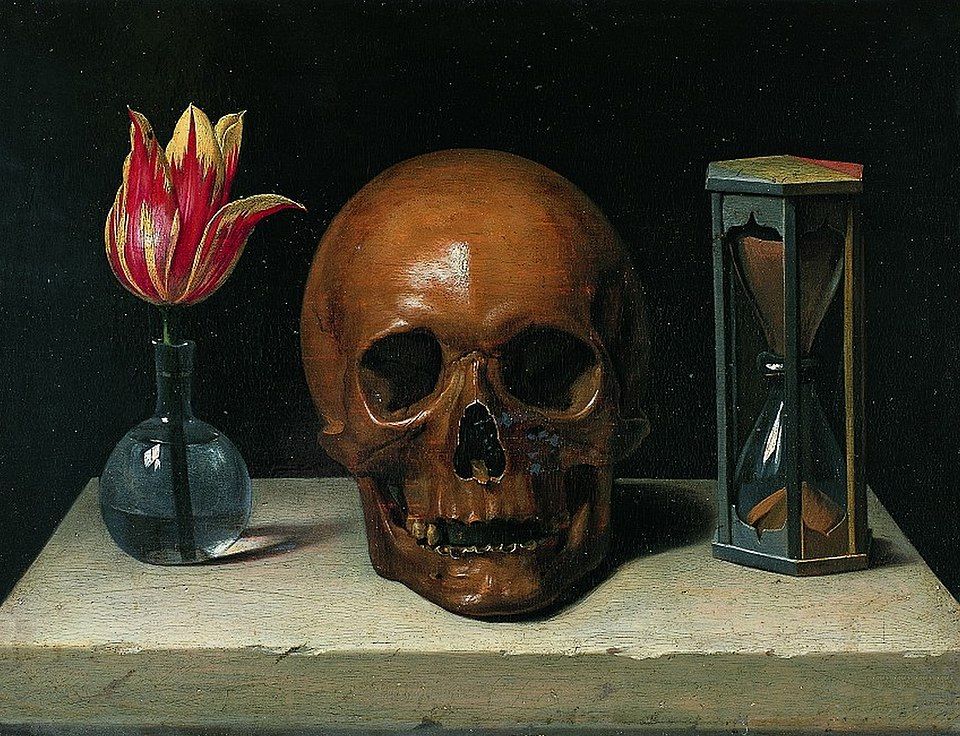
Sunday Story…Memento Mori When my father passed back in 2014, it was awe-inspiring how well he had planned for his passing. Everything was done for us, whether we wanted a memorial or not. The money went there; the stuff went there. And it was a smooth, easy process. I see so many times when that doesn't happen. It's not an easy process. It's a time of strife. People are grieved, and they are fighting about this and that because it hasn't been done right. And that person's wishes, which are unknown at that point, aren't being followed. Had we asked them, it probably wouldn't have turned out the way it did. I’m bringing this up now because it's something we all do. The fact is, is that we don't know when the end is coming. We know that it's coming, but we don't know precisely when, and the older we get, the closer we are to that date. So, it's time for all of us to think about how we want our affairs handled when we're gone. If you want to leave it to whatever happens, happens, you can. That's the easy way (for you), but the other way is to plan for it because it's going to happen, just like the sun's going to come up tomorrow, this is going to happen. It's a question of when, not if. So, plan for that, do the work, do the planning, do the thought process that it's going to take because it is a thought process. You are going to have to figure it out for them: How do you want it to look? You want music? What music do you want to play? You want AC/DC or Beethoven? What the heck do you want? Write it down, plan for it, make it happen. If you're interested in building muscle and strength, sign up for a free fitness assessment at www.crossfitodyssey.com or reach out to me directly, and let's get you started on your journey to extraordinary results. John Mariotti www.sunday-stories.blogspot.com www.crossfitodyssey.com 775-338-2412
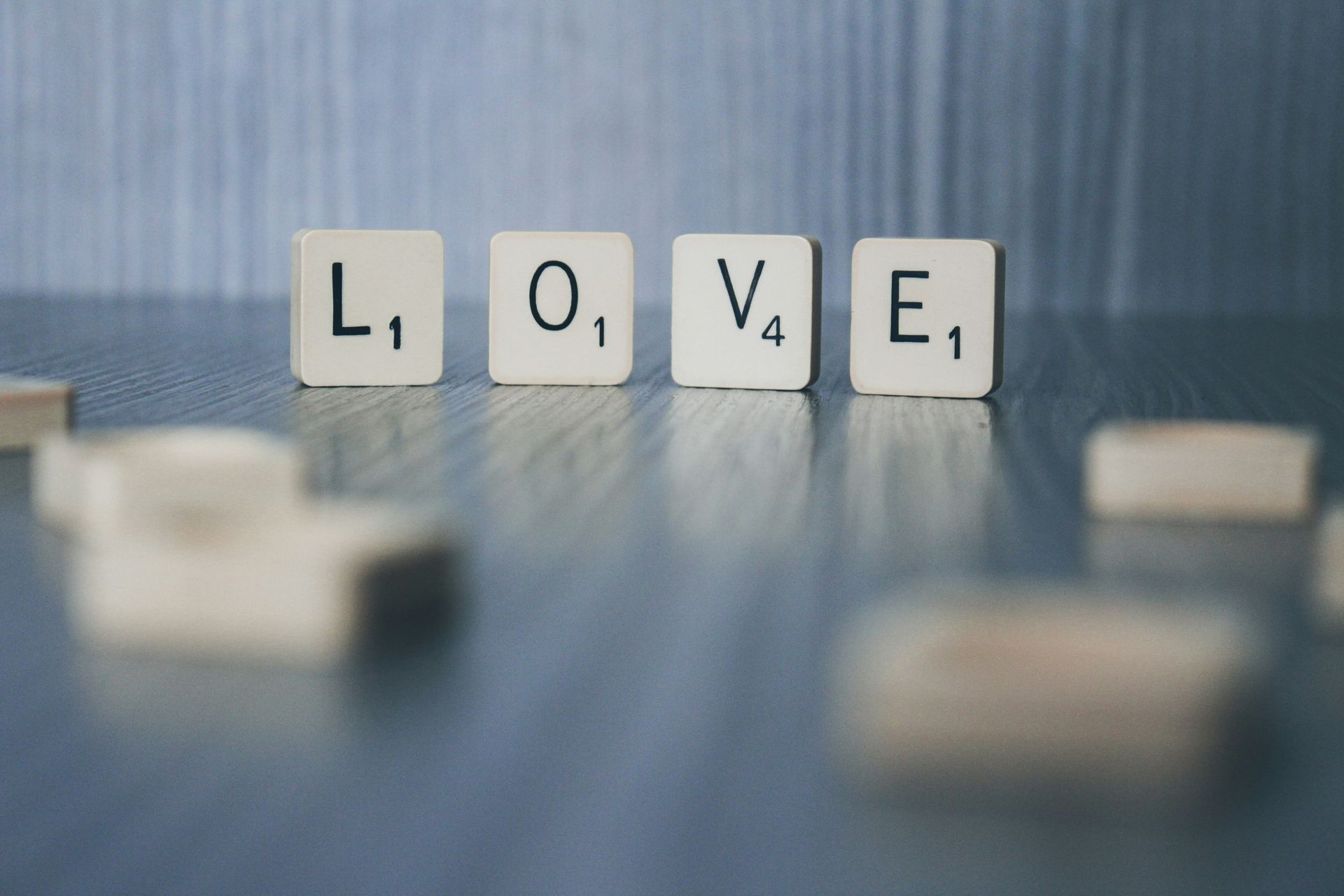
Sunday Story…Who Loves You? One of the least emphasized aspects of your health span training is the relationship aspects and our connections with other humans around us. Almost all our health span training is done alone and in service to me. In the Gym? It's about me. When I eat? It's about me. The same thing with my sleep. It’s about me. But really those things become less important if my relationship with other humans around me is weak or non-existent. Most of you reading this have some connection with other people: it might be your spouse, might be your parents, might be your children, the people you work with. But how are those relationships? Are you working at them or are they just all on autopilot? When you spend time talking with them are you listening? And by that, I mean are you listening to understand or are you listening to answer? Are you going out of your way to meet your relationships where they need to be met? Or where you think they need to be met? Our relationships with other humans are the meat and potatoes of who we are as humans. We are tribal animals. Throughout the millennia humans thrive best when they are aligned with other people. All the advancements humans have created were created to help other humans. Think about it…every advancement: the steam engine, the telephone, antibiotics, textiles, farming, the list goes on and on. There is an old saying…if you want to go fast go alone, if you want to go far go together. I don’t know about you but I don’t want to be the last man standing. I want to live a full and rich life and that means with lots of love, harmony, and happiness around me. If you're interested in learning how to build muscle and strength, sign up for a free fitness assessment at www.crossfitodyssey.com or reach out to me directly, and let's get you started on your journey to extraordinary results. John Mariotti www.sunday-stories.blogspot.com www.crossfitodyssey.com 775-338-2412
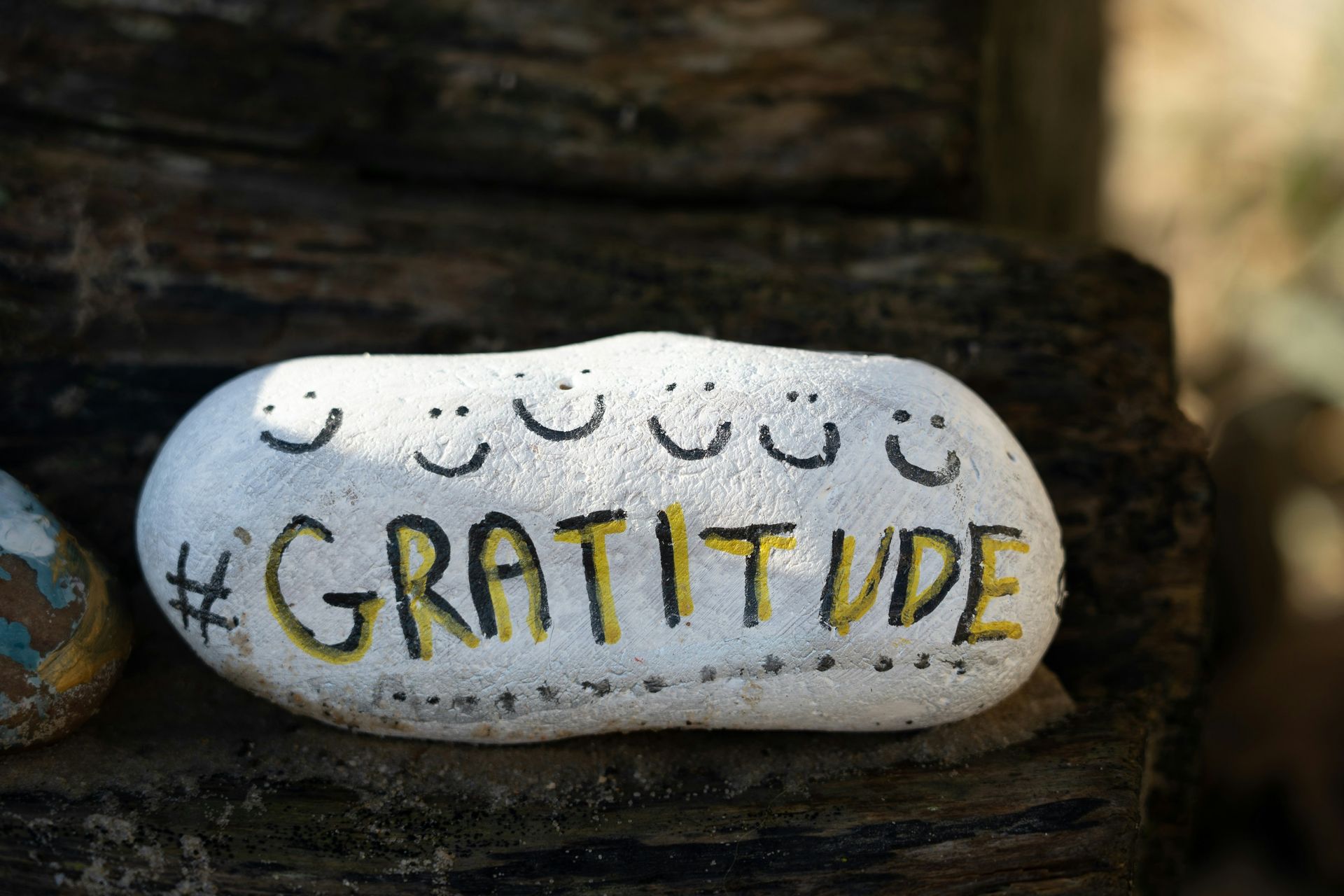
Sunday Story…Attitude of Gratitude One of the best practices I have found to keep myself on track and centered is gratitude. When we feel gratitude and express it for the things we have, the things we're doing, the things around us, it allows our outlook to soften and become more inclusive. I am grateful for the beautiful day I see around me. I am thankful for the body I live in, which moves so well, that has supported me for all these years, and for all the things I have done. I have gratitude for the people around me. The things they do, the things that they've taught me, the things that I have managed to understand and receive from them. Years ago, in the San Francisco Bay Area, there were several restaurants called The Gratitude Cafe. The real fun and connective part of The Gratitude Cafe was that all the dishes had writing around the edges and at the bottom that were affirmations: "You are wonderful!" "You are beautiful!" "You are strong!" All the items on the menu carried the same kinds of messages. "You are beautiful!" It was a milkshake made with almond milk, nuts, and this and that. And when you ordered it, the server repeated it. So, you said, "I'll have an 'I am beautiful,'" and the servers would say, "One 'I am beautiful'!" And then the kitchen would be constantly yelling these things out: "I am beautiful!" "You are wonderful!" Things like that, and when they brought it to the table, same thing: "You are wonderful!" "You are beautiful!" It was an experience in gratitude, thus the name Gratitude Cafe. The food was secondary to the experience that you left with, which was one of gratitude. Gratitude may be the single most important attitude you can bring into the world. Expressing gratitude out loud to the people around me inspires them to find gratitude as well. We can always find gratitude even in the worst circumstances. This is the meaning of finding a silver lining in every cloud. There's always something to be grateful for, even in the darkest days. As Viktor Frankl points out, "The one freedom nobody can ever take away from you is your freedom to choose your attitude," and that means the freedom to choose an attitude of gratitude, even in the face of ugliness, trials, and tribulations. If you're interested in learning how to build muscle and strength, sign up for a free fitness assessment at www.crossfitodyssey.com or reach out to me directly, and let's get you started on your journey to extraordinary results. John Mariotti www.sunday-stories.blogspot.com www.crossfitodyssey.com 775-338-2412

Sunday Story…Musings on Mortality Lately, I've been musing on mortality. As you can tell from the last couple of posts, I have now reached what would be considered three-quarters of the way to 100. When I turned 50, I said, "Maybe I'm middle-aged. Got 50 more years to go." But now, on the cusp of 70, it's only 30. And that feels like the blink of an eye. None of us is getting out of here alive; that's been the fact since the day you were born. Everything we do is to live the most fruitful and productive lives we can, making connections, building relationships, providing value to the world, and discovering our purpose —the one we were put on this planet to fulfill. But the question is, did we get there? Did you manage to do that? Did you find your purpose? Did you fulfill your purpose? These are some of the questions that I've been asking myself. I worry that I haven't done enough to achieve the purpose for which I was put here. I fear that I will leave behind more problems than I solved. Most of these questions are unanswerable, or the answers may elude us in our own lifetimes. The people that we leave behind will have those answers. They will know if you've done enough, and they will see if you solved more problems than you left. In many ways, the people, the relationships, the connections that we leave behind are, in fact, our legacy. If you're interested in building muscle and strength, sign up for a free fitness assessment at www.crossfitodyssey.com or reach out to me directly, and let's get you started on your journey to extraordinary results. John Mariotti www.sunday-stories.blogspot.com www.crossfitodyssey.com 775-338-2412
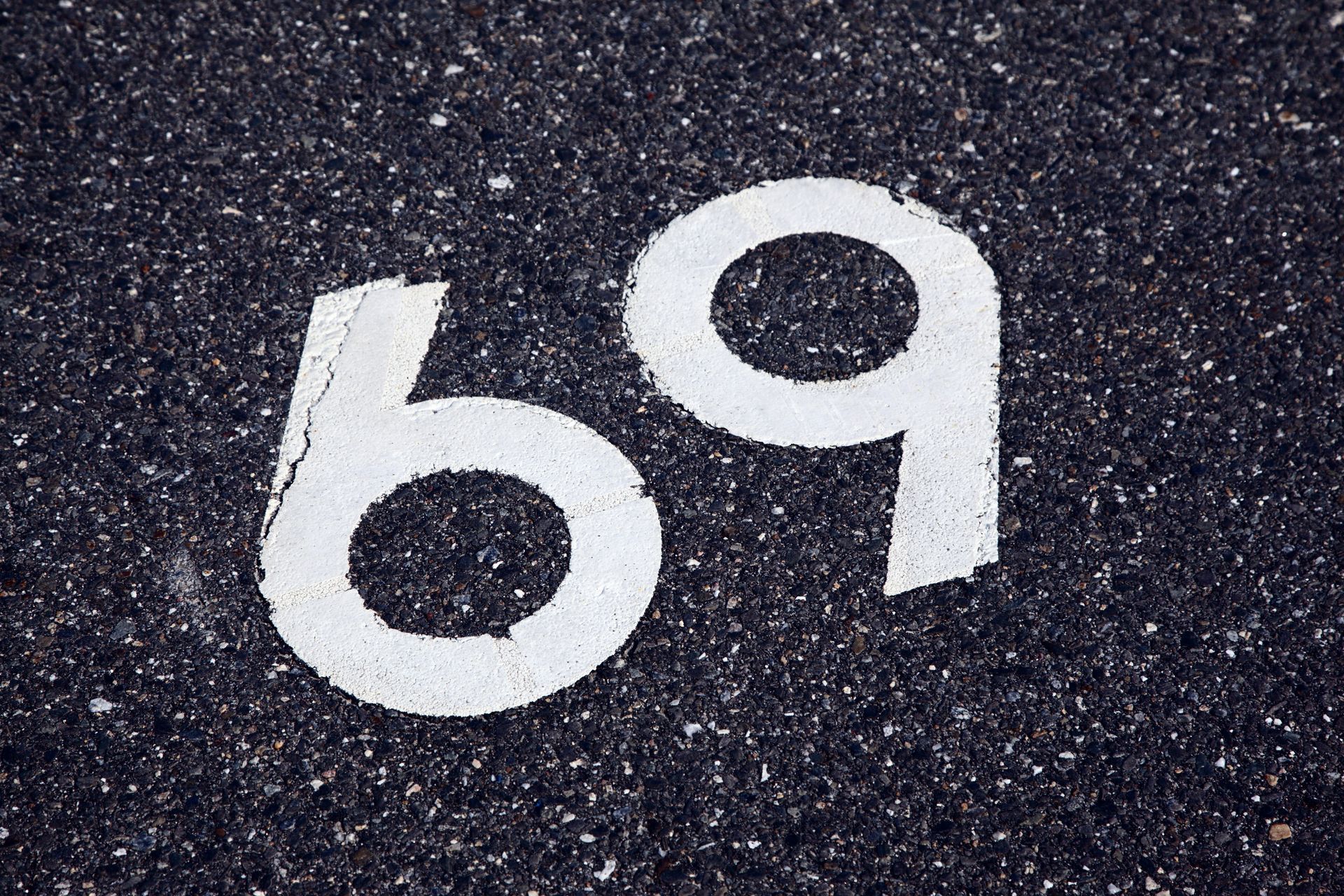
Sunday Story…69 As you know, last Saturday was my birthday. And I have to admit that I've been struggling with this particular number, sixty-nine. When you turn forty, even sixty-three, it's not that big a deal. You really don't think about what that number means. But in this particular case, this number seems to carry at least some significance for me. You see, after sixty-nine comes seventy, and I've got to admit that seventy sounds really, really old. Older than sixty-nine. Older than sixty. Old. Now I know that this is just my own perception, my own stuff around aging, right? Maybe for you it's sixty, or it's fifty, who knows? But I can tell you that when I look at turning seventy next year, I'm a little bit disturbed—or perturbed, something. So, I've been thinking about that, and what is the why? Why do I perceive seventy as being old? Why not eighty? Why not ninety? Why not a hundred? I intend to live a long, healthy life until I can't anymore. In other words, I want my health span to be at the top of the game all the way through. So really, seventy is just another number. Still, I have all of this baggage that I'm carrying around with it, and I'm just kind of wondering as you're reading this, what kind of baggage are you carrying at sixty-eight, seventy-two, eighty-six? How is that working for you? If you're interested in learning how to build muscle and strength (and find discipline), sign up for a free fitness assessment at www.crossfitodyssey.com or reach out to me directly, and let's get you started on your journey to extraordinary results. John Mariotti www.sunday-stories.blogspot.com www.crossfitodyssey.com 775-338-2412
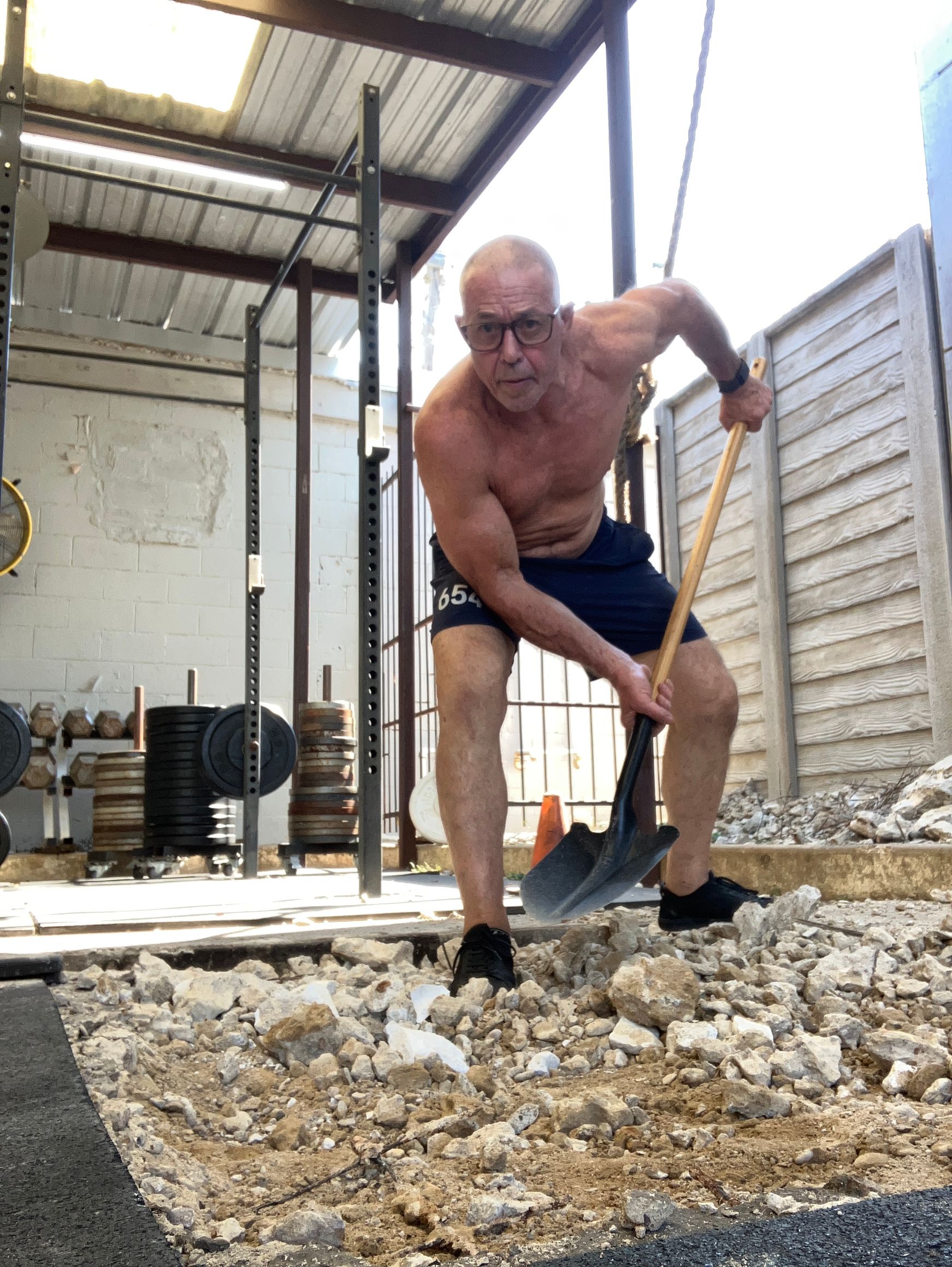
Sunday Story…Happy Birthday to me! If you're reading this on Sunday, yesterday was my birthday. I'm celebrating 69 years on this planet. And I am leaving you with a couple of thoughts. As you can see, the picture posted is of me doing some regular old work with a shovel. And this is why I do what I do in the gym every day. So I can do the regular things - gardening, digging, walking - all those things that make life worth living. Physical training isn't just about doing push-ups and pull-ups; it's also about developing overall strength and endurance. Physical training at this age is about how good I can feel after I do all the things that I want to do. It does no good to go out in the garden if I'm going to pay a price for that activity the next day or the next two or three days or weeks. The only way to prevent that is through regular physical training. You need to lift weights regularly. Most of the professionals we see these days claim to strength train two days a week, and I would agree that this is the absolute bare minimum - two days a week. I lift weights five days a week. Most importantly, you should do hard things regularly, whether that means hitting Kilimanjaro or Machu Picchu (as Ellie has taken groups and plans to take another one next year to Portugal, I think) or spending a day with your kids or grandkids doing all the things they want to do. The only way to do that as we get older is by continuing to train our physicality. Doing nothing is worse than doing something hard. If you're interested in learning how to build muscle and strength, sign up for a free fitness assessment at www.crossfitodyssey.com or reach out to me directly, and let's get you started on your journey to extraordinary results. John Mariotti www.sunday-stories.blogspot.com www.crossfitodyssey.com 775-338-2412 The body content of your post goes here. To edit this text, click on it and delete this default text and start typing your own or paste your own from a different source.
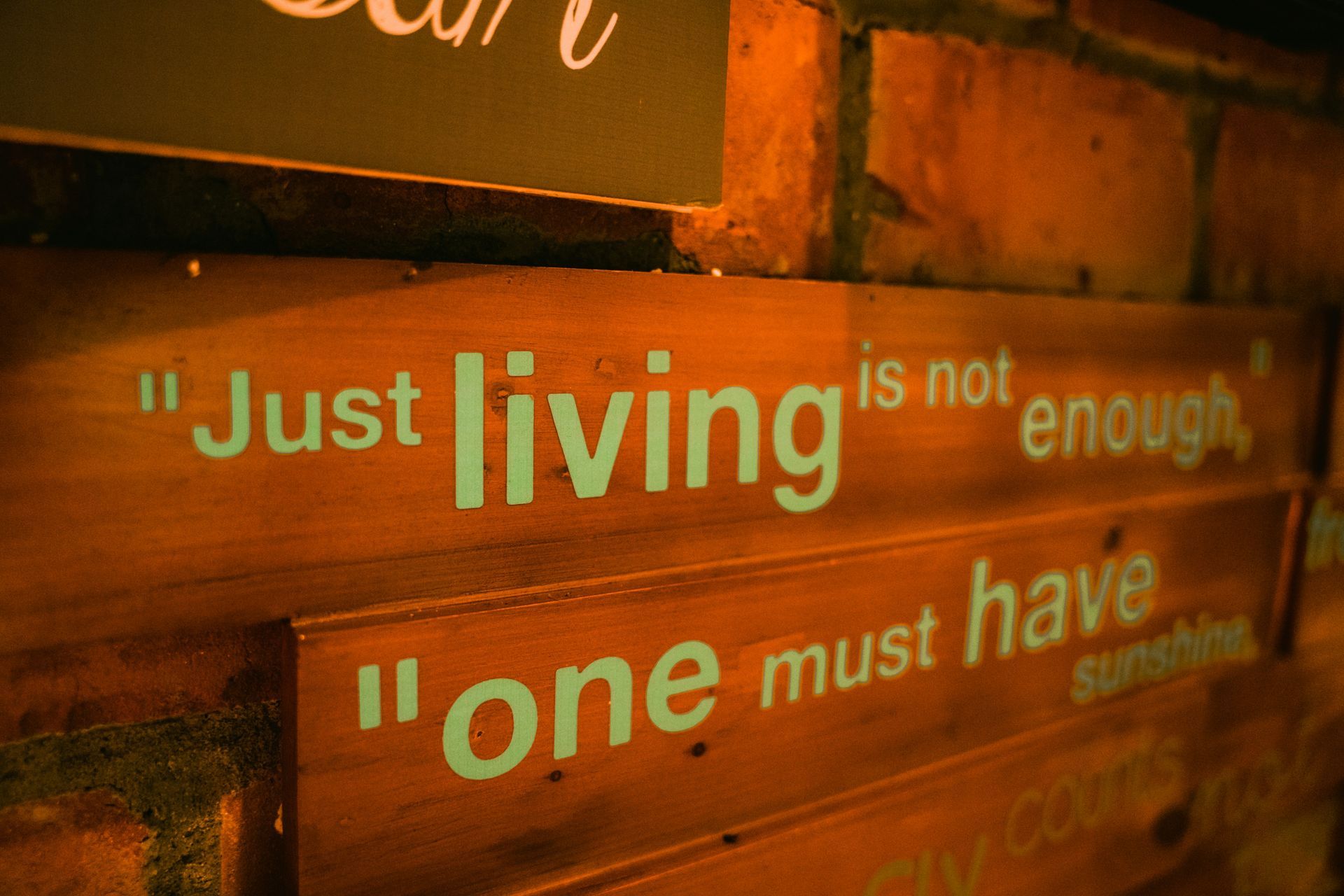
Sunday Story…Change If you are reading this, you should already be aware of the importance of discipline and commitment. And, hopefully, you have already committed to your fitness journey and are showing up when you say you will (discipline!). That’s great. Good on you! But there’s more, a lot more. You have begun the fitness part of your journey. The physical part. Perhaps you've already started improving your nutrition. And of course, your sleep. There's also your stress management. How are you managing your stress? Both at home and at work? How is that working for you? Once we get those things in line, we are on our way to an extraordinary journey. But that's not all. Other things are not so obvious, things that are not so easy to pinpoint and change. The things that may be ingrained in you over years and decades of your life. Some of these aspects also require examination. How are you showing up in the world? How are you with your relationships? How are you showing up in your relationship with the universe? With divine spirit? These things may be as important as your physical journey, if not more important. I often say that we would like life to be harmonious. By that, I mean we aren't looking for balance. Balance indicates non-movement, stasis. What we want is harmony. I can become obsessed with one thing or another, such as my career, my kids, or something else, but what I really want, even when I'm overly focused on one thing, is to have the rest of my life in harmony. It's just like an orchestra, sometimes the timpani drums are the big mover, and sometimes it's the horn section, the strings, or the woodwinds. It works as a harmonious whole, but the emphasis can be on one part or another. My question to you is, how harmonious is your life? If you're interested in learning how to build muscle and strength, sign up for a free fitness assessment at www.crossfitodyssey.com or reach out to me directly, and let's get you started on your journey to extraordinary results. John Mariotti www.sunday-stories.blogspot.com www.crossfitodyssey.com 775-338-2412
Start Your Journey to Extraordinary
Ready to get on the path to becoming a healthier and happier you? Book your free personal fitness assessment with a coach today to start your Journey to Extraordinary fitness success at the one of the most successful CrossFit gyms in Dallas!
